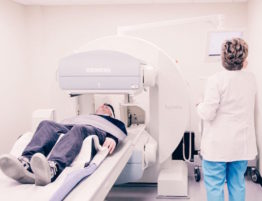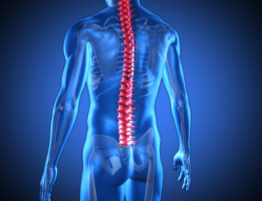On what grounds can I sue someone for an accident that caused a spinal cord injury?
Victims of spinal cord injuries caused by another party’s negligence have legal options available to them to seek compensation for their injuries. The type of lawsuit and the amount of compensation that can be sought will depend on the circumstances of the specific case and state law. Some of the types of lawsuits that may be pursued include actions for personal injury, medical malpractice, products liability or premises liability.
Personal Injury
The majority of spinal cord injuries are caused by motor vehicle accidents. In order to prevail in this type of lawsuit, you will need to prove that the other driver caused the accident and the accident is responsible for your spinal cord injury. Your recovery may be reduced or barred if you are partially at fault for the accident. Most states follow the comparative negligence rule, which means that your recovery can be reduced proportionately if you are found to be partially at fault for the accident. For example, if the defendant is found to be 60 percent at fault and you are found to be 40 percent at fault, your damages will be reduced by 40 percent. In a few jurisdictions that follow the contributory negligence rule, you can be denied recovery completely if you are found to be at any fault for the accident.
Medical Malpractice
Medical malpractice cases account for a much smaller portion of spinal cord injuries, but sometimes a doctor’s negligent acts can cause this type of injury. To be successful in a medical malpractice case, it must be shown that a patient-doctor relationship existed; that the doctor breached the standard of care for the particular type of treatment or operation; and that but for this breach of care, the patient would not have been injured. In medical malpractice cases, the doctor, the hospital and any support medical staff may be named as defendants.
Products Liability
If you were injured by a defective product, such as a faulty airbag or seatbelt, you may want to pursue a products liability case. In these cases, you are claiming that if it wasn’t for the defective design of a product, you would not have suffered the injury. Potential liable parties include not only the manufacturer of the product, but also anyone in the manufacturing and distribution chain of command: the parent company of the manufacturer, designer, supplier of component parts, retailers, distributors, importers and lessors.
Premises Liability
If you injured your spinal cord because of a dangerous condition on someone else’s property, you may be able to file a premises liability case. Landowners owe certain duties to people who come on to their land, such as warning of known or reasonably known dangers. A premises liability case can be filed against a private property owner (such as the owner of a swimming pool or pond where a diving accident occurred); the property owner of a construction site where a worker or private citizen was hurt; or the owner of a dangerous animal that caused injury, to name just a few.
Contact an Experienced California Spinal Cord Injury Attorney For a Free Consultation
Spinal cord injuries are life-changing events, forever altering the course of an individual’s life. Since most spinal cord injuries happen to young adults, they face a life-time of medical treatment, rehabilitation, and in severe cases, spending the rest of lives in a full-time care facility. The estimated costs for a person with a spinal cord injury can top over $250,000 in the first year alone.
The trial and appellate attorneys of Stolpman Law Group, are well known and respected for the quality of the legal representation they provide and for the impressive results they achieve for their clients.
To arrange a free consultation with an attorney, call us at (562) 435-8300 or contact us by e-mail.
From Southern California law offices in Long Beach, our lawyers represent clients in the Los Angeles area and throughout Southern California. To learn more about our attorneys, please follow the links below:





